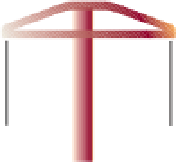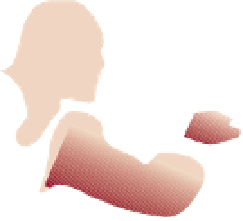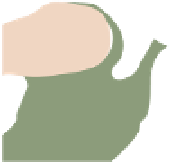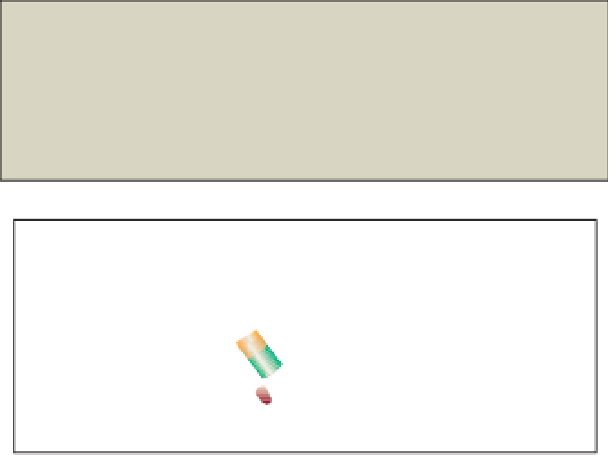Information Technology Reference
In-Depth Information
and ready-to-use personal computers. Some companies offer
customized
products and
services to achieve a competitive advantage. Dell, for example, builds custom PCs for
consumers.
Hire the best people
is another example of a competitive strategy. The
assumption is that the best people will determine the best products and services to deliver
to the market and the best approach to deliver these products and services. Companies
can also combine one or more of these strategies. In addition to customization, Dell
attempts to offer low-cost computers (cost leadership) and top-notch service
(differentiation).
Businesses have passed through at least three major stages in their use of information systems.
In the first stage, organizations focused on using information systems to reduce costs and
improve productivity. The National ePrescribing Patient Safety Initiative, for example, offers
Airlines uses flight-planning software to help it schedule flights and compute fuel needs based
on fuel for many long-distance flights. In this stage, companies generally ignored the revenue
potential, not looking for opportunities to use information systems to increase sales. The
second stage was defined by Porter and others. It was oriented toward gaining a competitive
advantage. In many cases, companies spent large amounts on information systems and
downplayed the costs. Today, companies are shifting from strategic management to perfor-
mance-based management of their information systems. In this third stage, companies
carefully consider both strategic advantage and costs. They use productivity, return on in-
vestment (ROI), net present value, and other measures of performance to evaluate the
contributions their information systems make to their businesses. Figure 2.9 illustrates these
stages. This balanced approach attempts to reduce costs and increase revenues.
Figure 2.9
Stage 1:
Cost reduction and productivity
Number of products
Three Stages in the Business Use of
Information Systems
Stage 2:
Competitive advantage
Stage 3:
Performance-based management
Benefits
Costs







































































































